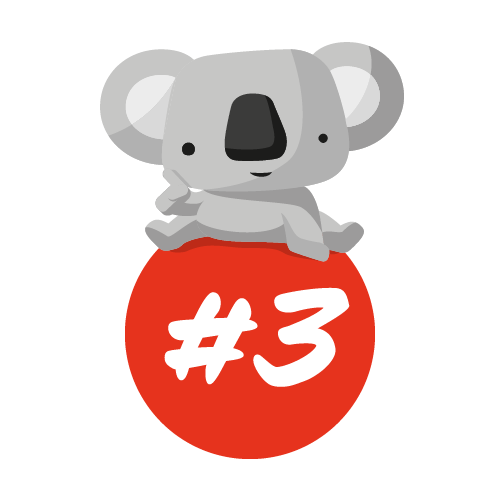
Gender Equality – Engage & Take Action Lesson Plan 3
Possible Subjects: Geography, English
Years: 3-6
Lesson: 3 of 3
Learning Outcome
Learning to work together as a group to present potential solutions to face gender related challenges in the agriculture industry.
Resources
Teacher Pack Resources
Lesson Overview
In the previous lessons, we’ve discussed the gender gap and gender inequalities both on a global scale as well as in Australia.
This lesson focuses on gender inequalities and the role and impact on women, transgender and nonbinary people in agriculture.
This lesson introduces students to the wool supply chain and provides an opportunity to learn more about each of the roles involved. They will then explore some of the gender related challenges that women, transgender and nonbinary people are facing in agricultural roles, and come up with creative solutions to face them.
Note to Teachers:
The structure for this lesson is designed to be approached differently to the previous lessons, depending on the time frame that is available to the teachers and schools.
To allow for maximum creativity, we would suggest that, at minimum, this lesson be split into 3 sections, as follows:
- Part 1: Teacher input: An introduction to the wool supply chain and profiles.
Approx 45 minutes to 1-hour.
- Part 2: Students work on task, including:
- Research time
- Plan for their response to work
- Creation of final project presentation
See time frame explanation below for more information.
- Part 3: Presentation of projects.
See time frame explanation below for more information.
Time Frame Information for Parts 2 and 3: As a teacher, the time frame for these elements are open to your choice. They can take place over the course of a day or a week or more.
The key here is that you can choose how much time you give students to be creative and to explore and research and create solutions that are founded in a deep understanding of the issues.
Part 1 – Tuning In – ‘What do students know about gender equality?’
DISCUSS
Introduction
- Ask the class the following questions:
- Where does wool come from?
- What jobs might be involved in producing wool?
- Who might do these jobs?
Support – for younger year groups, guide students through a class discussion, with the teacher displaying ideas as the discussion continues.
Extension – for older year groups, split children into pairs or groups to brainstorm ideas. Come back together to share ideas and create a class brainstorm.
- Ask the class the following question:
- If you think anyone can do these jobs? Why? / Why not?
- After initial discussion, ask the class the following question:
- Do you think there would be many women, transgender and nonbinary people in these roles? Why or why not?
Teachers Note: If necessary, recap the previous lessons to reintroduce the students to the terms above.
Finding out – ‘Students investigate research & plan’
EXPLORE & REFLECT: The wool supply chain
Guided Practice
- Ask the students to explain the term ‘Supply Chain’.
- Ask the students to take a look at the following case study introducing the wool supply chain and explore the role and responsibilities of each of the individuals involved.
- Ask the students to try and connect these individuals to form a supply chain and highlight their relationships.
- Ask them to answer the following questions, either individually, in small groups or as a class.
- Which of these roles would you be the most interested in? Why?
- Do you think women, transgender and nonbinary people could occupy any of the roles in this supply chain? Why or why not?
- Where in this supply chain do you think women, transgender and nonbinary people are the most and less represented?
QUESTION AND DISCUSS: Roles in the workplace
- Split the class into small groups. Give each group the 3 profiles and allow time for the students to read.
- Ask each group to answer the following questions:
- Do you think these roles are gender specific? Why?/Why not?
- Is one role more so than the rest? Why?/ Why not?
- Do you think being a non-male identifying gender would make these roles more or less challenging? Explain you answer
- Can you identify tasks within their roles that may have more gender biased attached to them compared to others? Why do you think this is?
- Ask students to create a list of issues that they can find in the profiles for each role.
- Give students time to discuss and explore other issues they think that may arise in these roles.
Part 2 – Finding out – ‘Students investigate, research & plan’
RECAP: What did we find out in the previous lesson?
Guided Practice
- Ask the students to share with their partner a brief explanation of what the previous lesson was about. Ensure they discuss the following:
- What is a supply chain?
- What were the roles introduced in the 3 profiles?
- What gender issues were identified in some of the roles?
- Bring the class back to together and share
EXPLORE & REFLECT: Gender related challenges and solutions
- Share the following video:
- Reveal the names of each of the profile owners
- Steph – Sixth Generation Farmer
- Dione – Large Animal Veterinarian
- Em – Agricultural Advisor
- Ask the students if they are surprised to find that all of the profiles are non-male identifying genders? Why? / Why not?
- If necessary, give students time to return to the original brainstorm they made to identify any new problems or issues that may arise in this role for this person.
- Assign one of the following anonymous agricultural profiles to each group.
- Display the following question:
- What solutions do you think we could implement so that the gender biased issue in not present in this role in the future? You may use any resources at your disposal.
- Students explore ways to resolve these issues.
- Can they provide at least 3 potential solutions for the problems that may be encountered that can be used by workers in this role when faced with these challenges in the future?
- Explain to the groups that they will create a presentation for this profile. This should include:
- Background on the role.
- Explanation of the issues faced in this role.
- Clear solutions for workers.
Part 3 – Plenary
DISCUSS: Solutions
- Ask each group to present their work to the rest of the class.
Optional: Part 4 – Presentation to YFC
PRESENTATION: Make Your Case!
The delivery mode of these case study’s findings can vary depending on the resources available to your class and the possibilities and opportunities offered by your school.
The presentation should focus on:
- Involving your local community
- Involving the Young Farming Champions (YFC)
- Encouraging the student’s creativity
Some examples of possible delivery modes include:
- Organising an assembly at school with AFA and the YFCs
- Recording a video and send it to AFA and the YFCs
- Creating digital posters
- Creating some original artworks (paintings, collages, songs, etc.) and organising an exhibition and invite your local community
- Creating a blog or website relating the class’ experience and findings
- Create a performance piece to explain the issues being faced and educate others on the solutions that might be available.
Extra Activities
DISCUSS: Wrap Up Questions
- Ask the students the following questions to discuss as class/in small groups/in pairs:
- What surprised you today, and why?
- What’s the most important thing you learned today?
- What do you want to learn more about, and why?
- When were you the most creative, and why do you think that is?
- What made you curious today?
Additional homework activity
WATCH AND REFLECT
- Ask the students to watch the following video and write a summary of their understanding and main takeaways:

